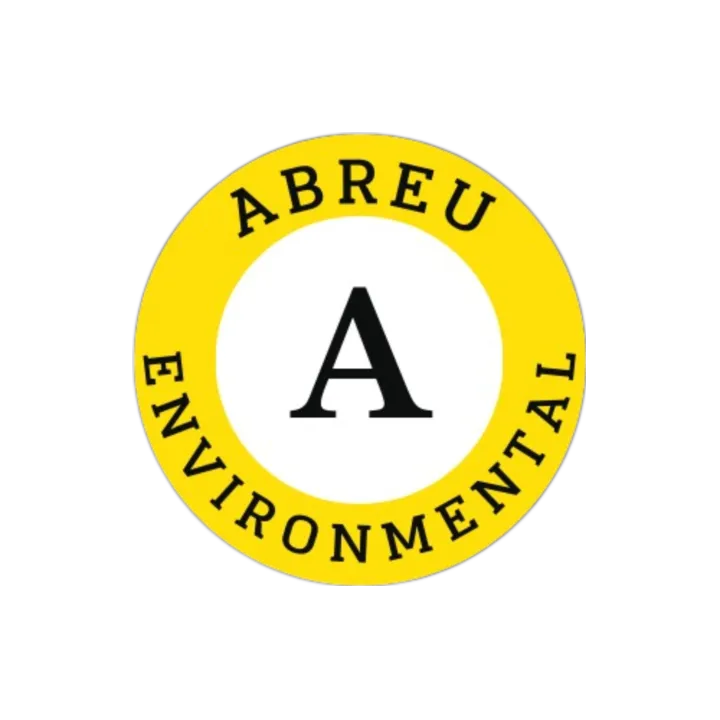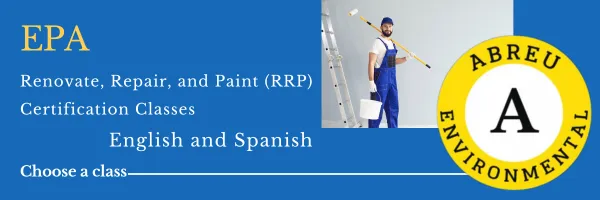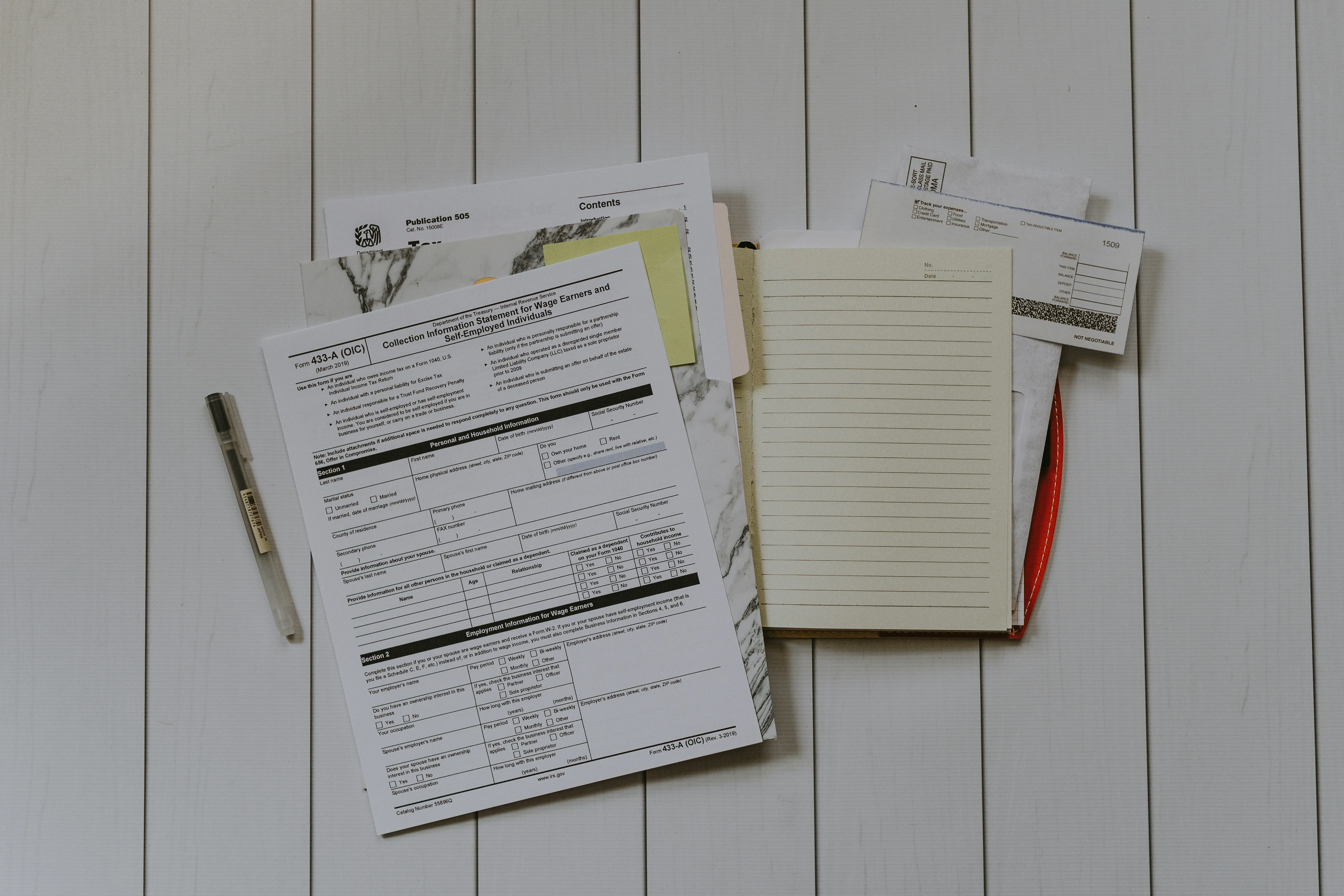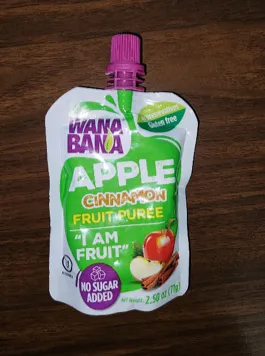EPA RRP Certification
In the world of home renovation and construction, safety is a priority. One aspect of safety that is often overlooked is the potential for lead-based paint to be present in older homes. Lead-based paint was commonly used before it was banned in 1978, and it can still be found in many homes today. When lead-based paint is disturbed during renovation or construction, it can release harmful lead particles into the air, which can be dangerous if inhaled.
To help protect homeowners, contractors, and workers from the dangers of lead-based paint, the Environmental Protection Agency (EPA) has implemented the Renovation, Repair, and Painting (RRP) rule. This rule requires that anyone who performs renovations, repairs, or painting in homes or child-occupied facilities built before 1978 be certified by the EPA and follow specific lead-safe work practices.
The EPA RRP certification program provides valuable training for contractors and workers to ensure that they know how to properly handle lead-based paint during renovation and construction projects. The program covers topics such as lead-safe work practices, the health effects of lead exposure, regulations and requirements, and proper cleanup and disposal methods.
There are two types of EPA RRP certifications: individual certification and firm certification. Individual certification is required for anyone who will be performing renovation, repair, or painting activities that disturb lead-based paint. Firm certification is required for any business that performs these activities. To become certified, contractors and workers must attend an EPA-accredited training course and pass a certification exam. Visit Abreu Environmental to learn more.
The benefits of EPA RRP certification are many. For contractors and workers, certification can lead to increased job opportunities and higher pay rates. For homeowners and building owners, certification assures that the contractor they hire is trained in proper lead-safe work practices and will protect them from the dangers of lead exposure during renovation and construction projects.
In addition to protecting human health, following lead-safe work practices can also protect the environment. When lead-based paint is improperly handled, it can contaminate soil, water, and air. By following proper cleanup and disposal methods, contractors and workers can prevent lead contamination and help protect the environment.
In conclusion, EPA RRP certification is an important aspect of safety in the world of home renovation and construction. It provides valuable training for contractors and workers and ensures that they know how to properly handle lead-based paint during renovation and construction projects. By becoming certified, contractors and workers can increase job opportunities and pay rates, while homeowners and building owners can be assured that their contractor is trained in proper lead-safe work practices. Most importantly, EPA RRP certification helps protect human health and the environment from the dangers of lead exposure.




